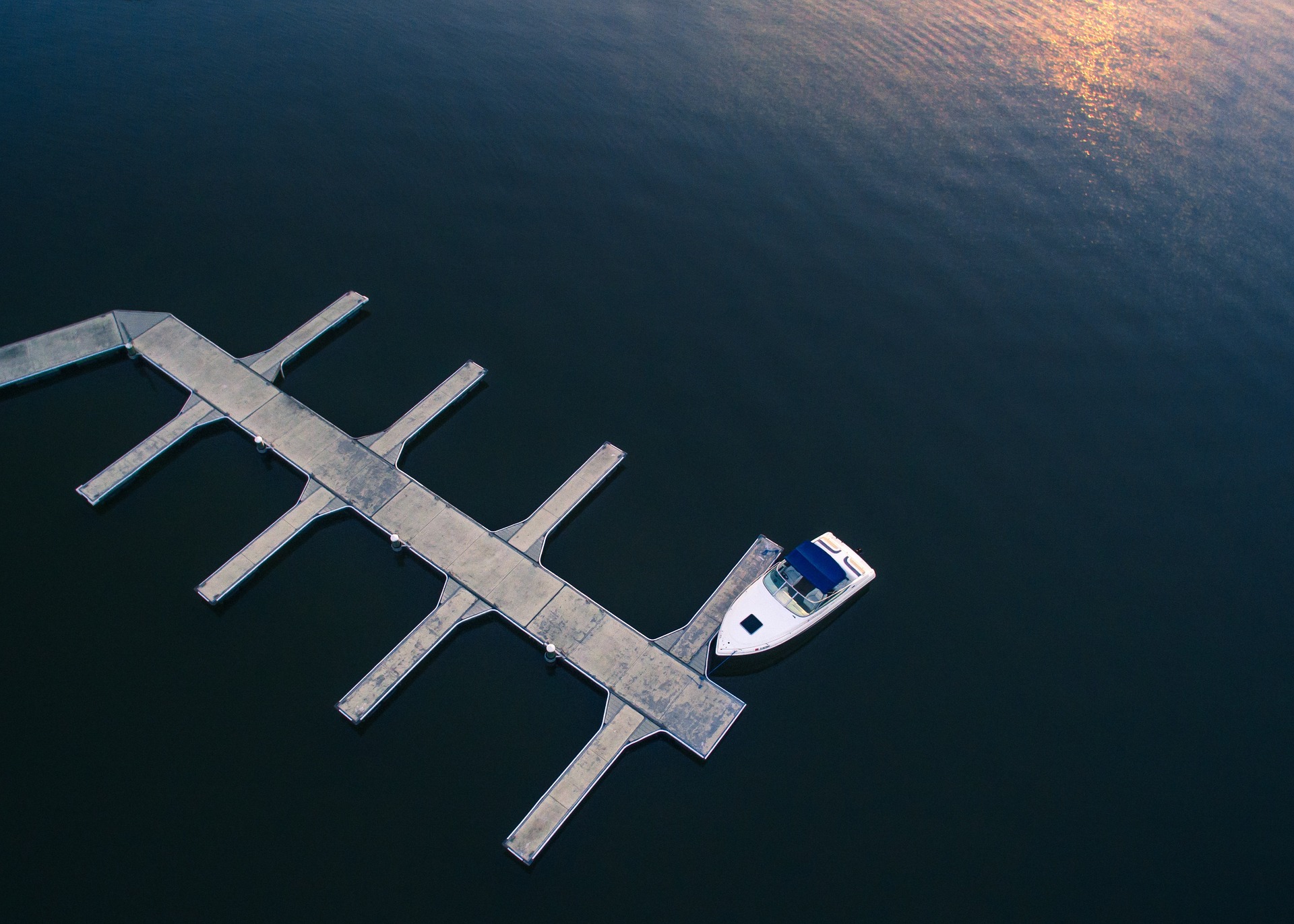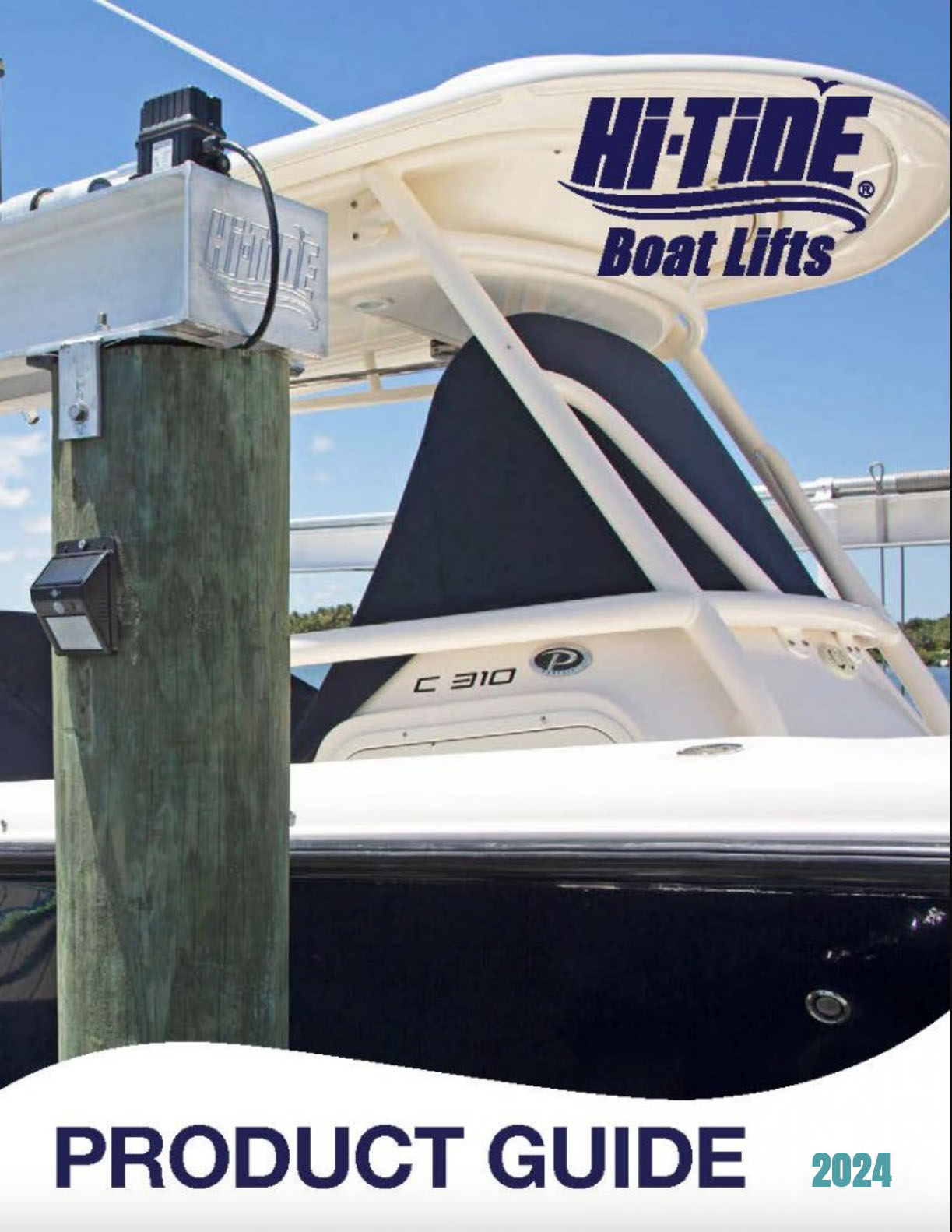
You pack up your bags and set off early for a day of fishing with your best buds. After a drive to the dock, it feels great to be by the sea again, salted breeze blowing through your hair, sun lightly kissing your fa– wait a minute. Where did the boat go? It was docked right there just a few months ago. You peer down into the spot that you could have sworn was the last placed you parked “Marla’s Majesty,” only to see her resting on the seabed.
Well, the good news is that this horror story doesn’t have to become your reality. Though this very tragedy is anything but rare, there are steps that you can take to keep your boat afloat when you’re not regularly hitting the water.
How to Keep Your Boat Afloat
Fittings are a major culprit in many a sinking boat case. Leaky underwater fittings, air conditioning fittings and other above-water fittings can be big trouble for your boat. Check them thoroughly before leaving your boat docked.
Beware of rainwater (or melted snow). Water that is not properly draining from your vessel can easily (and dangerously) weigh down your boat. This is also a danger when out on the water, as you may overload a boat that is already being weighed down with undrained water (leading to you and your friends taking an unexpected swim).
Use a boat lift. Though not a substitute for maintenance and regular inspections, a boat lift can help keep your boat from getting stuck under or damaged on the docks — a common cause of boat sinking incidents.
It is especially important to give your boat a visit after heavy rains and big storms, as winds can damage improperly secured vessels and, as mentioned above, rainwater can add significant weight that may sink your boat if it is not draining correctly. With a little attention, you can spot dangers that would otherwise sink your hopes of a good time on the water this summer.

